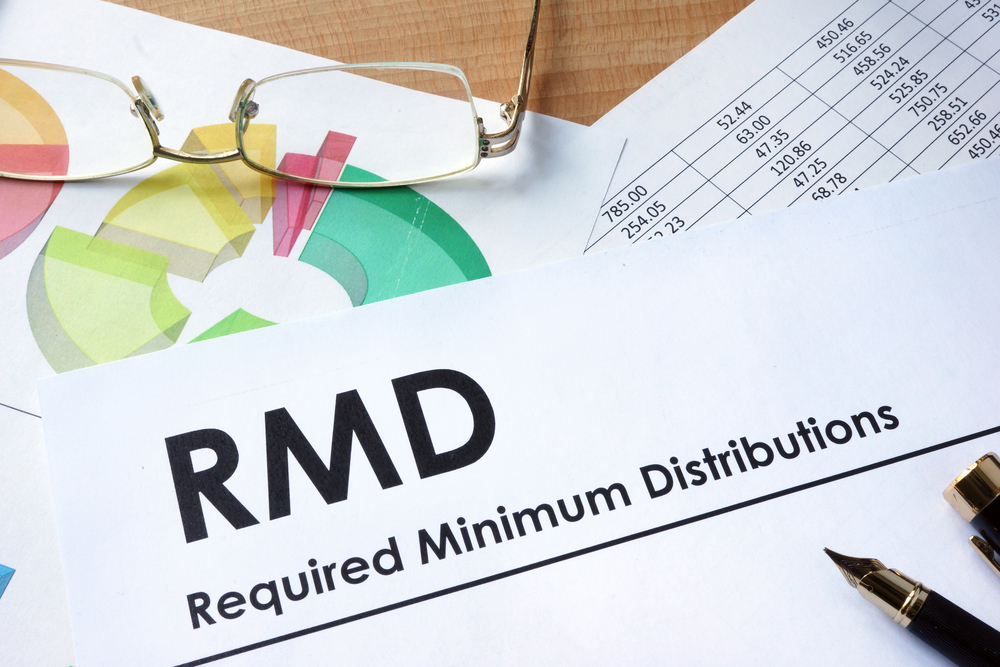
Whether you’re just starting out in your career, you are a Gen-X-er sandwiched between your kids’ college expenses and aging parents’ needs, or you are a Baby Boomer eyeing retirement, starting early can help when it comes to your finances. Here are some reasons why.
When You’re Young—In Your 20s
We’ve all heard the famous quote by Albert Einstein, the one where he said, “Compound interest is the eighth wonder of the world. He who understands it, earns it. He who doesn’t, pays it.” And it’s true. In many cases, if you start out early—perhaps in your teens or 20s—saving just a small amount each month, you can amass more money through time than if you start saving at a later age, even if you save a larger amount each month. Of course, it depends on what you invest in. Be sure to check with a trusted financial advisor about how this works.
Investopedia uses this example:
Let’s say you start investing in the market at $100 a month, and you average a positive return of 1% a month or 12% a year, compounded monthly over 40 years. Your friend, who is the same age, doesn’t begin investing until 30 years later, and invests $1,000 a month for 10 years, also averaging 1% a month or 12% a year, compounded monthly.
Who will have more money saved up in the end? Your friend will have saved up around $230,000. Your retirement account will be a little over $1.17 million. Even though your friend was investing over 10 times as much as you toward the end, the power of compound interest makes your portfolio significantly bigger.
When You’re Older—In Your 40s, 50s or Early 60s
As you head into retirement, starting early to map and plan out your retirement—well before you retire—can help you for many reasons, because there are a lot of moving pieces to consider. Plus, everyone’s situation is completely different and what might work for someone else might not be right for you at all. For instance, one person’s desired retirement lifestyle could be drastically different than another person’s, requiring different budget amounts. (Consider whether you want to stay home and become a painter, or travel the world with your entire extended family. That’s what we mean by drastically different budgets.)
Once you have your required retirement budget amount settled, timing then becomes very important. A financial advisor with a special focus on retirement can really make the difference by laying out a retirement roadmap just for you. Here are some of the things you should know and think about:
1) Medicare Filing – Age 65
You are required to file for Medicare health insurance by age 65 or pay a penalty for life. To avoid this penalty, be sure to sign up for Medicare within the period three months before and three months after the month you turn age 65. If you are still working or otherwise qualify for a special enrollment period, you can sign up for Part A which is free for most people, and then sign up for Part B after you retire. Visit https://www.medicare.gov/basics/costs/medicare-costs/avoid-penalties to learn more about penalties and how you can avoid them.
You are required to have Medicare coverage if you are not working or covered by a spouse with a qualified health insurance plan, and Medicare (other than Part A) is not free. In fact, it costs more if your income is higher. Your Medicare premium is often deducted right out of your Social Security check, and premiums generally go up every year.
When you sign up for original Medicare Part B or a replacement Medicare Advantage plan, the least amount you will pay for 2024 is $174.70 per month per person. For those with higher incomes, the Medicare premiums you pay are based on your income from two years prior—those with higher incomes pay more. For couples filing jointly, the highest amount you might pay for Part B coverage if your MAGI (modified adjusted gross income) is greater than or equal to $750,000 is $594.00 per month per person for 2024.
So, depending on your income for the tax year two years prior to filing for Medicare, your premium could be from $174.70 to $594.00 in 2024, or somewhere in between.
If you plan ahead, your advisor might help you plan to take a smaller income in the years prior to turning age 65 in order to keep your Medicare premium smaller. For instance, some people might want to retire at age 62 or 63 and live on taxable income withdrawn from their traditional 401(k) or IRA account/s before they even file for Medicare or Social Security. Each person’s situation is completely unique, but advance retirement planning may help you come out ahead in the long run.
2) Social Security Filing – Age 62, 66-67, 70 or sometime in between
Another moving piece in the retirement puzzle is Social Security. The youngest age you can file for Social Security is age 62, but a mistake some people can make is thinking that their benefit will automatically go up later when they reach their full retirement age—between age 66 to 67 depending on their month and year of birth. This is not the case. If you file early, that’s your permanently reduced benefit amount, other than small annual COLAs (cost of living adjustments) you might or might not receive based on that year’s inflation numbers.
Filing early at age 62 can reduce your benefit by as much as 30% according to Fidelity. Conversely, waiting from your full retirement age up to age 70 can garner you an extra 8% per year. (At age 70, there are no more benefit increases.)
Planning ahead for when and how you will file for Social Security can make a big difference in the total amount of benefits you receive over your lifetime. And married couples, widows or widowers, and divorced single people who were married for at least 10 years in the past have even more options and ways to file that should be considered to optimize their retirement income.
3) Taxes In Retirement
Thinking that your taxes will automatically be lower during retirement may not prove true in your case, and it’s important to find out early if there is a way to mitigate taxes through early planning. Don’t forget that all that money you have saved up in your traditional 401(k) will be subject to income taxes—and even your Social Security benefit can be taxed up to 85% based on your annual combined or provisional income calculation.
And the IRS requires withdrawals. Remember that by law RMDs (required minimum distributions) must be taken every year beginning at age 73 and strict rules apply. You must withdraw money from the right accounts in the right amounts by the deadlines or pay a penalty in addition to the income tax you will owe on the mandated distributions.
Planning ahead to do a series of Roth conversions—shifting money in taxable accounts to tax-free* Roth accounts—might be indicated to help lower taxes for the long-term in your case, but these must be planned carefully and are not reversible.
Let’s talk about your financial and retirement goals and create a plan to help you achieve them. Don’t put it off—give us a call! You can reach Drew Capital Group in Tampa at 813.820.0069.
*In order for Roth accounts to be tax-free, all conditions must be met, including owning the account for at least five years.
This article is for general information only and should not be considered as financial, tax or legal advice. It is strongly recommended that you seek out the advice of a financial professional, tax professional and/or legal professional before making any financial or retirement decisions.
Sources:
https://www.investopedia.com/articles/personal-finance/040315/why-save-retirement-your-20s.asp
https://www.medicare.gov/basics/costs/medicare-costs/avoid-penalties
https://www.cms.gov/newsroom/fact-sheets/2024-medicare-parts-b-premiums-and-deductibles
https://www.ssa.gov/benefits/retirement/planner/agereduction.html
https://www.fidelity.com/viewpoints/retirement/social-security-at-62
https://content.schwab.com/web/retail/public/book/excerpt-single-4.html
https://www-origin.ssa.gov/benefits/retirement/planner/taxes.html
https://www.irs.gov/retirement-plans/retirement-plan-and-ira-required-minimum-distributions-faqs











